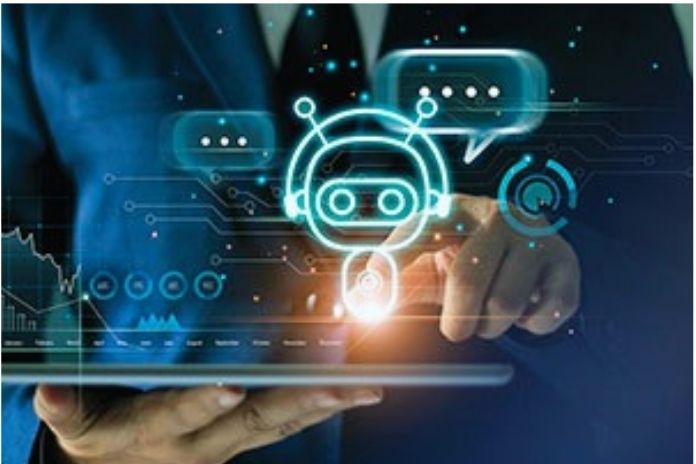A Turbo For Artificial Intelligence In Production
Artificial intelligence (AI) in Industry 4.0 has a lot of potential – but there is technology barriers that make the use of AI more difficult. Researchers at Fraunhofer IKS are developing a framework that supports and optimizes the data and AI life cycle. This significantly increases the added value through AI.
Industry 4.0 describes the advancing digitization in production – machines and processes are intelligently networked, which means that more and more data can be generated. Artificial intelligence (AI) can yield information from this data to improve products and services. Possible application scenarios are predictive maintenance, optimization, and automation of processes and quality checks. However, this potential cannot currently be fully exploited in Industry 4.0 because several technical barriers restrict the generation and processing of information.
The first obstacle is the multi-vendor landscape in today’s production facilities: machines from different manufacturers from different technology generations with other – and often proprietary – communication interfaces and protocols. Due to this heterogeneity, uniform data access is not possible. Instead, there are many technology-specific island solutions for which domain knowledge is required.
Incomplete Data Sets Cause Problems
The second obstacle is the lack of support for the data scientist. He has no domain knowledge, which is why he needs help in obtaining real-time or historical data. There is also the problem of incompatible, inconsistent, and incomplete data sets and missing metadata. As a result, the data processing process is often tedious, lengthy, manual, and complex in coordination.
The third obstacle is the inflexible AI operation. AI applications are often operated rigidly in the cloud or on a local server. As a result, the applications do not have the opportunity to make optimal use of the available resources. In addition, updates of the AI applications are necessary – to react appropriately to changes in the production facility or the processes – for which, however, there is still no general solution.
The Solution
A Framework For The Data And AI Lifecycle
To overcome these problems, researchers at the Fraunhofer Institute for Cognitive Systems IKS are working on an open, interoperable, and technology-neutral project as part of the project “REMORA – Multi-Stage Automated Continuous Delivery for AI-based Software & Services Development in Industry 4.0″Framework that supports and optimizes the data and AI lifecycle. The aim is to ensure an automated, continuous, and dynamic process that consists of
- Data acquisition
- Data aggregation
- Data preparation
- AI development
- AI training
- AI integration
- AI operation
- Data analysis
- AI monitoring
- AI update
In detail, the framework should achieve the following goals :
- Support of the data scientist,
- Automated and flexible AI integration as well
- Automation of AI processes.
It all starts with developing an interface for the data scientist to support the AI development process. This interface makes it possible to query data easily and uniformly without considering technology-specific aspects such as communication interfaces and protocols. The interface then takes on – internally – the mapping to the technologies and the required data transformations. In addition, the interface provides an overview of the topology, the metadata, and an interface for training and operating an AI model. This interface can be used not only by a data scientist but also by a layperson in connection with, for example, an Auto ML framework.
An application management component enables automated and flexible AI integration – from the component level to the cloud-based on the required resources and optimization goals. In addition, the AI application manager, together with the data interface, ensures that the AI applications are networked to provide the flow of data.
Finally, an AI management component should enable the automation of AI processes, i.e., the automatic retraining and redeployment of an AI model to ensure the continuous improvement of the data analysis. For example, new training data can be automatically collected to train a new AI model when machines are exchanged. Furthermore, automated operations can be carried out in response to the data analysis (e.g., cooling down in the event of overheating) or to increase the efficiency of the real-time AI analysis (e.g., adjusting the sampling rate).
For the production of the future, this means: With this framework, the potential of AI in Industry 4.0 can be better exploited – through simplified and technology-neutral data access, support for AI development, flexible and automated AI integration and updates – and thus efficiency can be increased in AI operation.
Also Read: What Is The Security Of Cloud Services?

